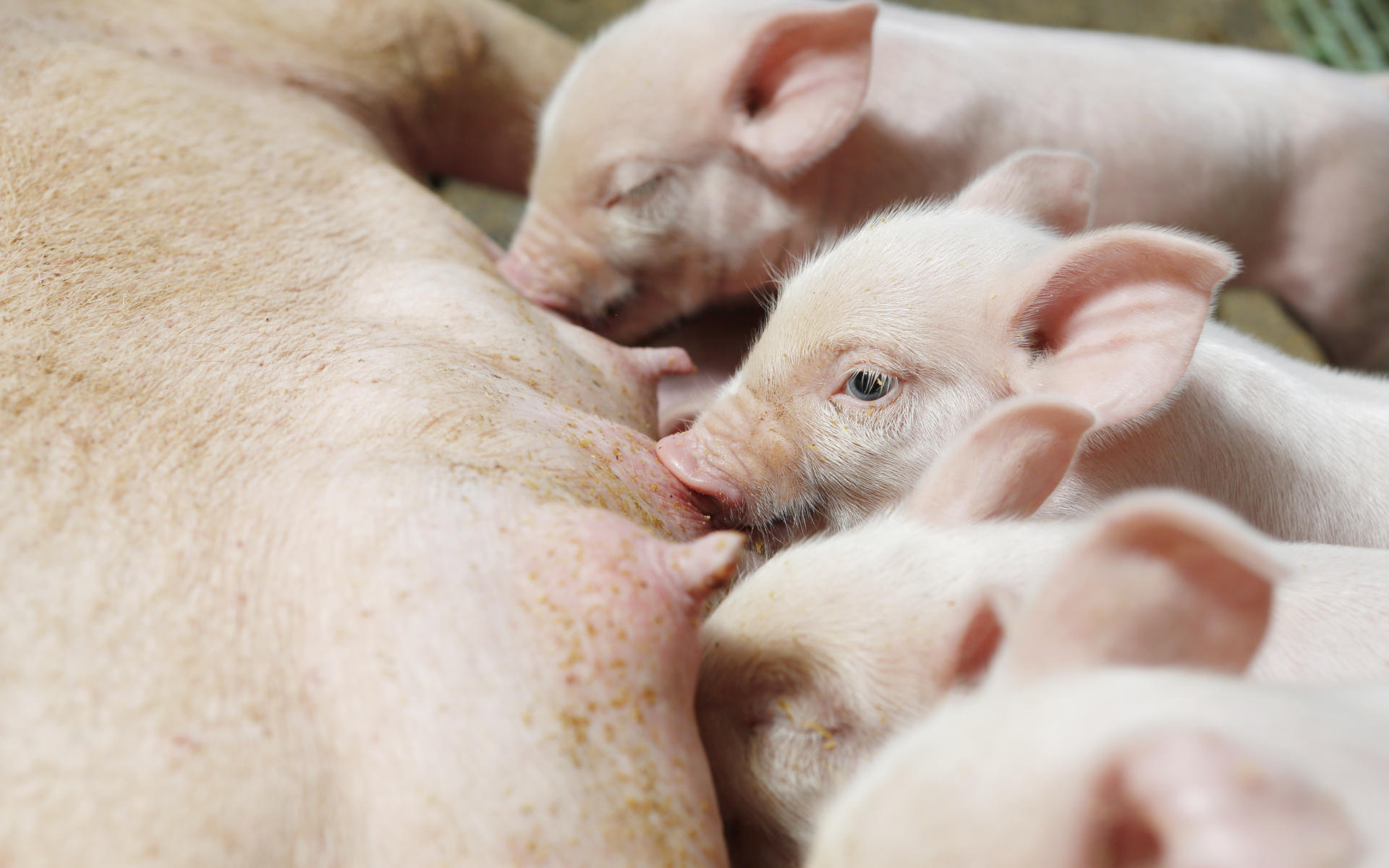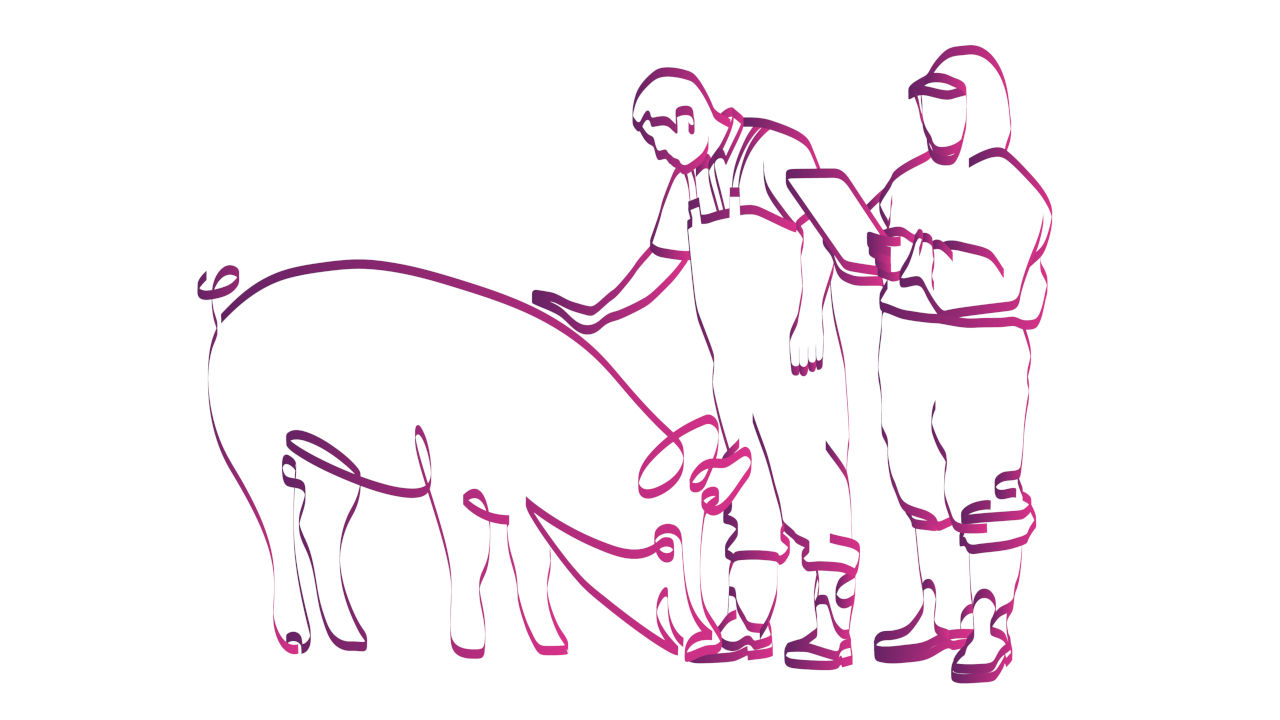Q2E on stocking density calculation
EURCAW-Pigs received a question on the estimation of the space required for a group of pigs, according to the legislation. EURCAW-Pigs developed an Excel tool which may be of help.

Welfare indicators addressing nine prioritized welfare areas are described. These can be used by inspectors to identify potential or existing welfare problems and to verify compliance with EU legislation.
For each indicator, a factsheet is developed which describes the underlying welfare concern, the legal requirements, and a suggested inspection and scoring method. The factsheets are available in English, German, Spanish, French and Dutch.


The consortium between Friedrich Loeffler Institut (FLI, Germany), Aarhus University (AU, Denmark) and Wageningen Livestock Research (WLR, The Netherlands) was designated as the European Union Reference Centre for Animal Welfare for Pigs (EURCAW-Pigs), and started operating on 1 October 2018. EURCAW-Pigs' main areas of activity are described in detail in its Work Programme 2021-2022: